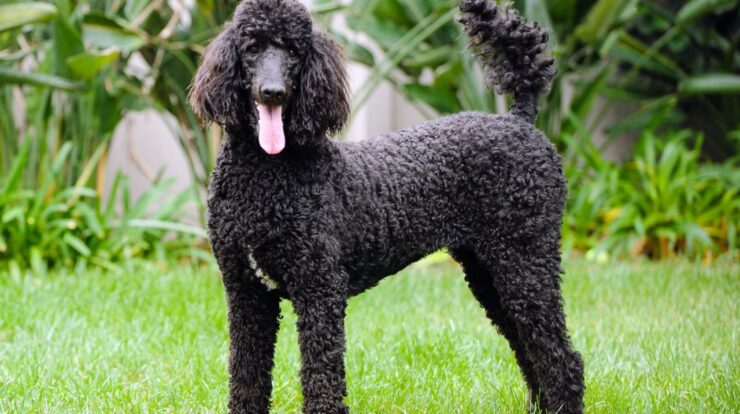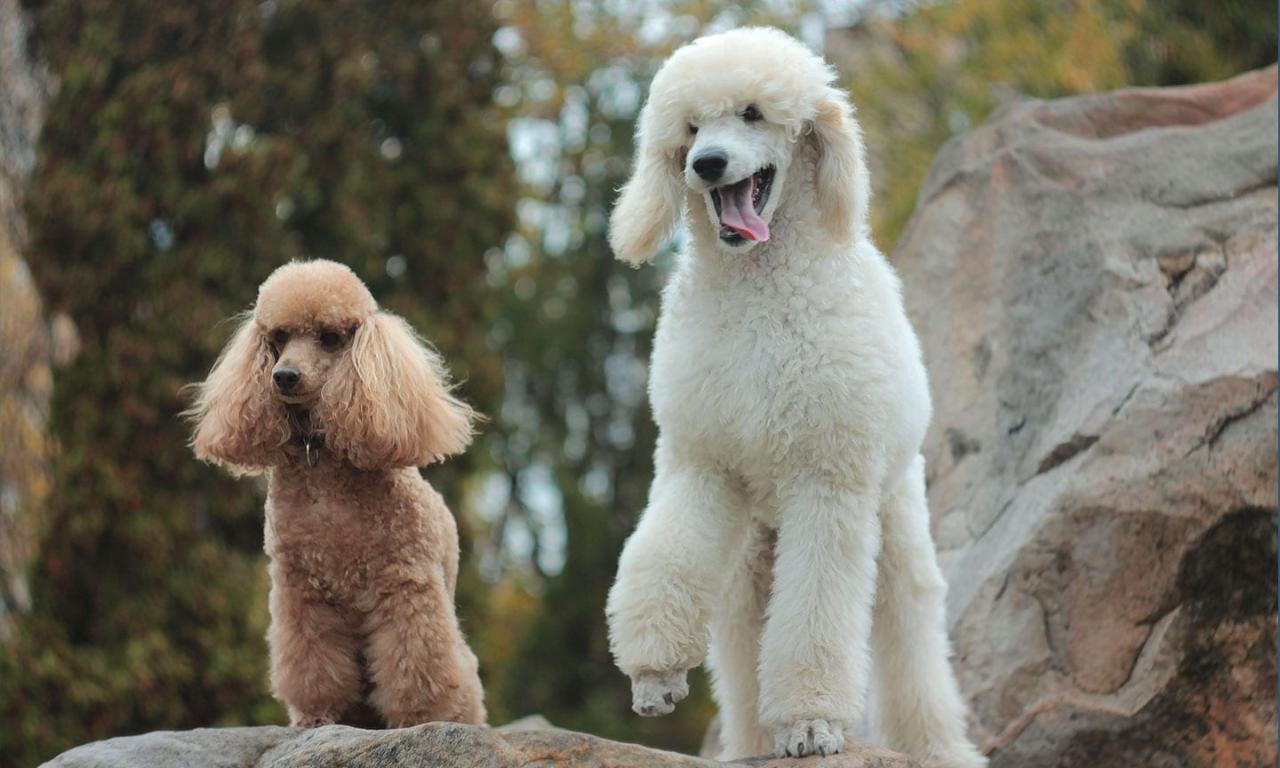
Poodle meaning delves into the rich history, defining characteristics, and cultural impact of this iconic breed. From their distinctive physical attributes to their portrayal in popular culture, poodles have captivated hearts and minds for centuries.
Their intelligence, loyalty, and playful nature have made them beloved companions, while their unique grooming styles and variations have cemented their status as symbols of elegance and sophistication.
Historical Origins of the Term “Poodle”

The term “poodle” has a rich etymological history that spans centuries and multiple languages. Its origins can be traced back to the German word “pudel,” which referred to a water-loving dog. Over time, the term evolved through various linguistic influences, including French and English, to become the familiar “poodle” we know today.
Defining Characteristics of Poodles, Poodle meaning
Poodles are distinguished by their unique physical attributes. They come in three recognized sizes: toy, miniature, and standard. Their most striking feature is their distinctive coat, which can be curly, corded, or shaved in various styles. Poodles also exhibit a wide range of colors, including black, white, brown, apricot, and silver.
Beyond their physical appearance, poodles are known for their intelligence, loyalty, and playfulness. They are highly trainable and excel in obedience competitions. Their affectionate nature and adaptability make them excellent companions for families and individuals alike.
Poodles in Popular Culture
Poodles have left an enduring mark on popular culture. They have been featured in countless works of literature, film, and television. One notable example is the character of Toto from “The Wizard of Oz,” a beloved Cairn Terrier often mistaken for a poodle.
Poodles have also been associated with luxury and status. In the 18th century, they were prized as companions by the French aristocracy. Today, they continue to be popular among celebrities and fashion icons.
Poodle Breeds and Variations
| Size | Coat Type | Colors |
|---|---|---|
| Toy | Curly, Corded | Black, White, Brown, Apricot |
| Miniature | Curly, Corded | Black, White, Brown, Apricot, Silver |
| Standard | Curly, Corded | Black, White, Brown, Apricot, Silver |
Within each size category, poodles exhibit a range of variations in coat texture, color, and grooming style. This diversity has led to the recognition of several distinct poodle breeds, including the French Poodle, American Poodle, and Russian Poodle.
Poodle Care and Training
Responsible poodle ownership involves providing proper nutrition, exercise, and grooming. Their diet should be tailored to their age, size, and activity level. Poodles require regular exercise to maintain their physical and mental health. Daily walks or playtime in a secure area are essential.
Poodles are highly trainable and respond well to positive reinforcement. Early socialization and obedience training are recommended to ensure a well-behaved and happy dog. Regular grooming is also crucial for maintaining their distinctive coat and preventing mats and tangles.
Ending Remarks

Understanding poodle meaning goes beyond mere definition. It encompasses an appreciation for their historical roots, their unique physical and temperamental traits, and their enduring presence in human society. Whether as loyal companions, working animals, or symbols of status, poodles continue to enchant and inspire, leaving an indelible mark on our cultural landscape.
Question Bank: Poodle Meaning
What is the origin of the term “poodle”?
The term “poodle” is derived from the German word “pudel,” meaning “to splash in water,” reflecting the breed’s affinity for water.
What are the defining physical characteristics of poodles?
Poodles are known for their distinctive curly or corded coat, which comes in a variety of colors, including black, white, brown, and apricot. They have a well-proportioned body with a slightly arched neck, a broad chest, and a plumed tail.
What is the temperament of poodles like?
Poodles are intelligent, loyal, and playful dogs. They are highly trainable and excel in obedience and agility competitions.





